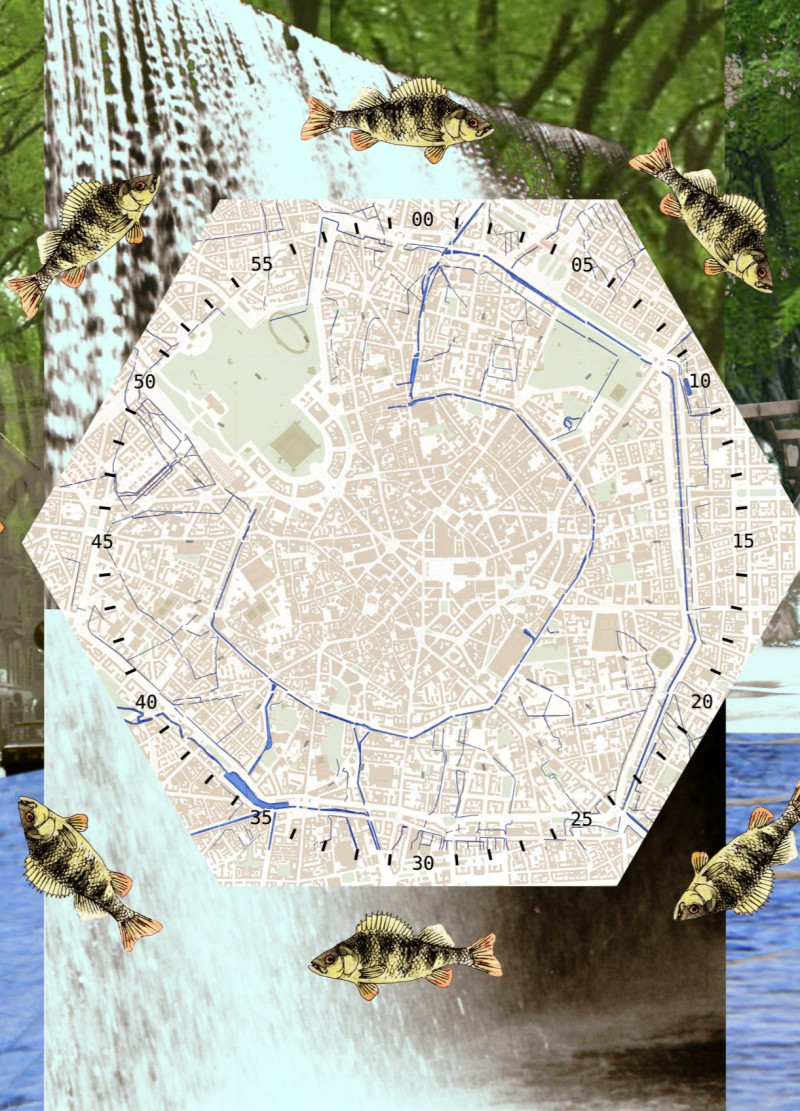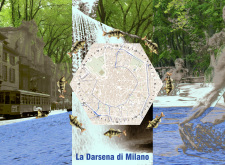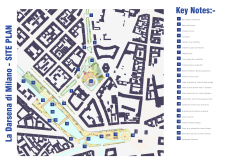5 key facts about this project
The primary function of this project is to create a multi-functional urban space that serves as both a recreational area and a cultural hub. This revitalization encompasses a network of pathways, landscaped areas, and water features, promoting accessibility and engagement with the natural environment. The design integrates various elements, including public seating, performance venues, and children's play areas, ensuring that the space caters to a diverse audience.
Unique Design Approaches
What distinguishes La Darsena di Milano from other urban projects is its dedication to sustainability and community engagement. The project features a comprehensive water management system designed to manage stormwater runoff efficiently, thereby minimizing flooding risks while maintaining water quality in the canal. The use of bioswales and permeable paving within the landscape design is integral to this approach, facilitating natural drainage and supporting local flora and fauna.
The innovative use of materials further highlights the project’s unique approach. Natural stone is employed for walkways, blending the new design with the historical context of the area. Concrete and steel are utilized for structural elements, ensuring durability while providing a modern aesthetic. Wooden features in seating and decking reinforce a sense of warmth and connection to nature, enhancing user experience.
Architectural sections reveal the thoughtful integration of green spaces, which are designed to promote biodiversity. Native plant species are introduced to the landscape, creating habitats for local wildlife and ensuring ecological balance. The project emphasizes the relationship between water and landscape architecture, with features such as cascading waterfalls and ponds that contribute to the sensory experience of the space.
Community-focused design elements, like outdoor performance areas and flexible gathering zones, allow for a range of events and activities that encourage social interactions. By prioritizing pedestrian and cyclist access, the design fosters a vibrant urban experience that aligns with contemporary urban planning principles.
For a more thorough understanding of this architectural project, including detailed architectural plans and sections that showcase the innovative design strategies, readers are encouraged to explore the project presentation. Engaging with the architectural designs and ideas can provide valuable insights into the practical applications and implications of this urban revitalization initiative.


























